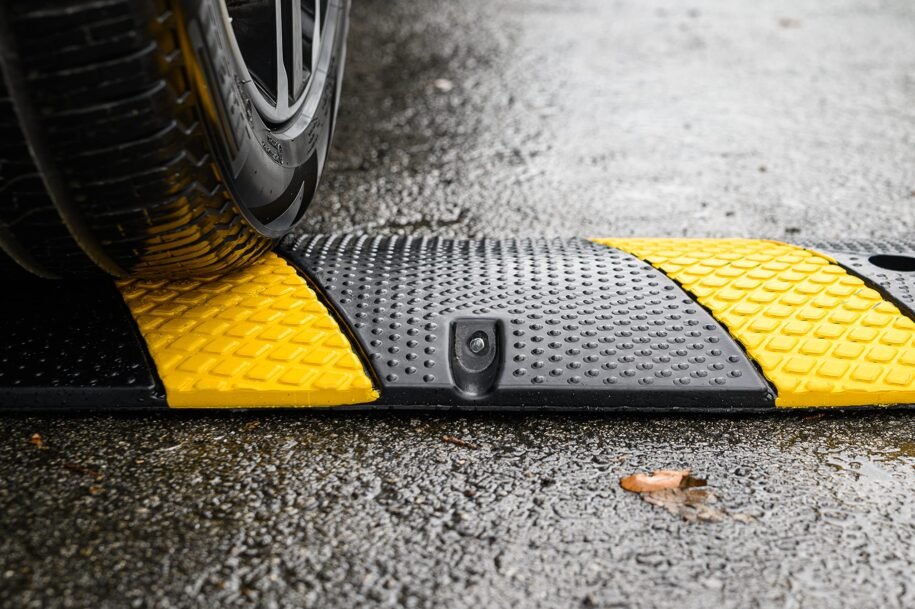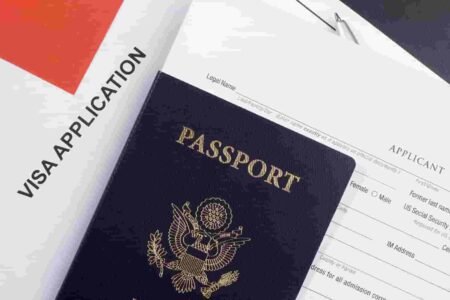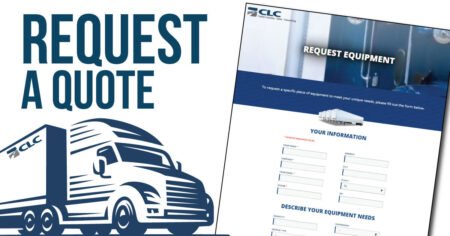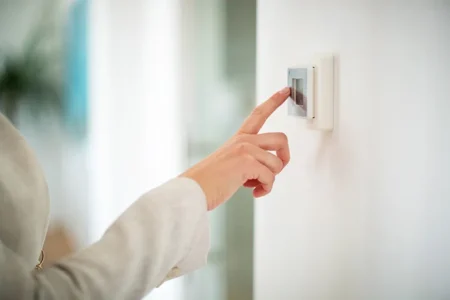If speeding vehicles are a concern in your neighborhood, installing speed bumps can be an effective way to improve road safety. However, most local governments require residents to go through an official request and approval process before installation.
This guide will walk you through the steps necessary to file a request for speed bumps, ensuring your community benefits from enhanced traffic control measures.
Steps to Request Speed Bumps in Your Neighborhood
1. Identify the Need for Speed Bumps
Before submitting a request, gather evidence that speed bumps are necessary. Some factors to consider include:
- Frequent speeding complaints from residents.
- History of accidents or near-misses in the area.
- Presence of schools, parks, or pedestrian crossings that need extra safety measures.
- High traffic volume on residential streets.
2. Contact Your Local Government
Reach out to your city’s public works or transportation department to understand their requirements for installing speed bumps. Many municipalities have specific guidelines and an application process that must be followed.
3. Conduct a Community Survey
Many local governments require proof of community support before approving speed bumps. You may need to:
- Gather signatures from residents who support the installation.
- Conduct a petition or neighborhood meeting to discuss concerns.
- Work with local homeowners’ associations or neighborhood committees.
4. Submit a Formal Application
Once you have gathered enough community support, you’ll need to complete and submit an official application. This process usually includes:
- Filling out a request form with detailed reasons for the speed bumps.
- Providing evidence such as traffic reports, accident history, or resident complaints.
- Paying any required application fees.
5. Undergo a Traffic Study
Most local governments conduct a traffic study to evaluate whether speed bumps are necessary. This study may include:
- Measuring average vehicle speeds in the area.
- Assessing accident history and pedestrian activity.
- Determining if alternative traffic calming measures are needed.
6. Await Approval and Installation
If your request is approved, the city will schedule the installation of speed bumps. The process may take several weeks or months, depending on funding, scheduling, and weather conditions.
Tips for a Successful Speed Bump Request
- Be Persistent: If your first request is denied, consider reapplying with additional supporting data.
- Work with Local Officials: Engaging with city representatives can help expedite the process.
- Educate Residents: Keep your community informed about the benefits and timeline of the project.
Conclusion
Requesting speed bumps for your neighborhood can make a significant difference in traffic safety. By following the proper steps—identifying the need, gathering support, and working with local authorities—you can successfully advocate for safer streets in your community.







